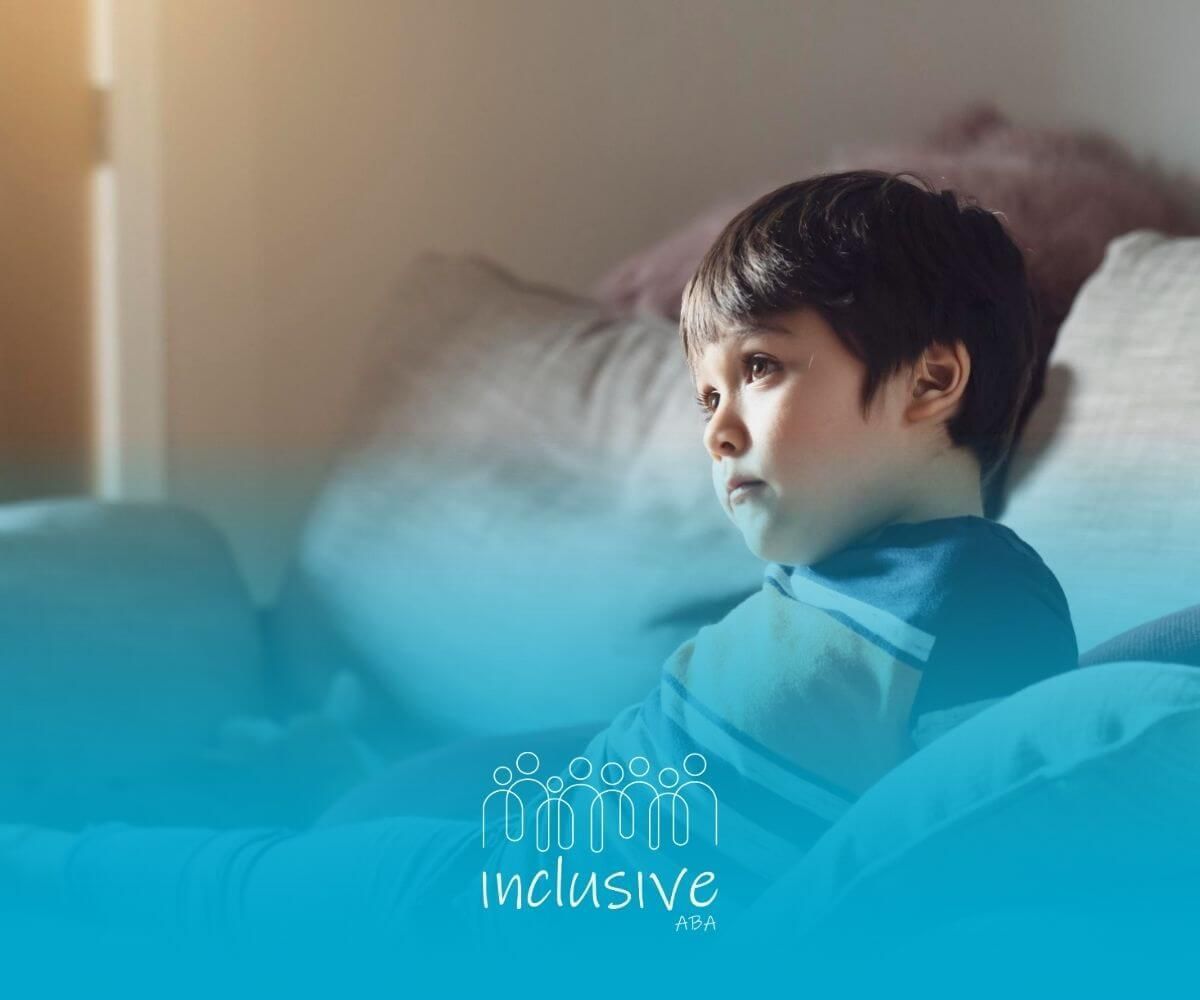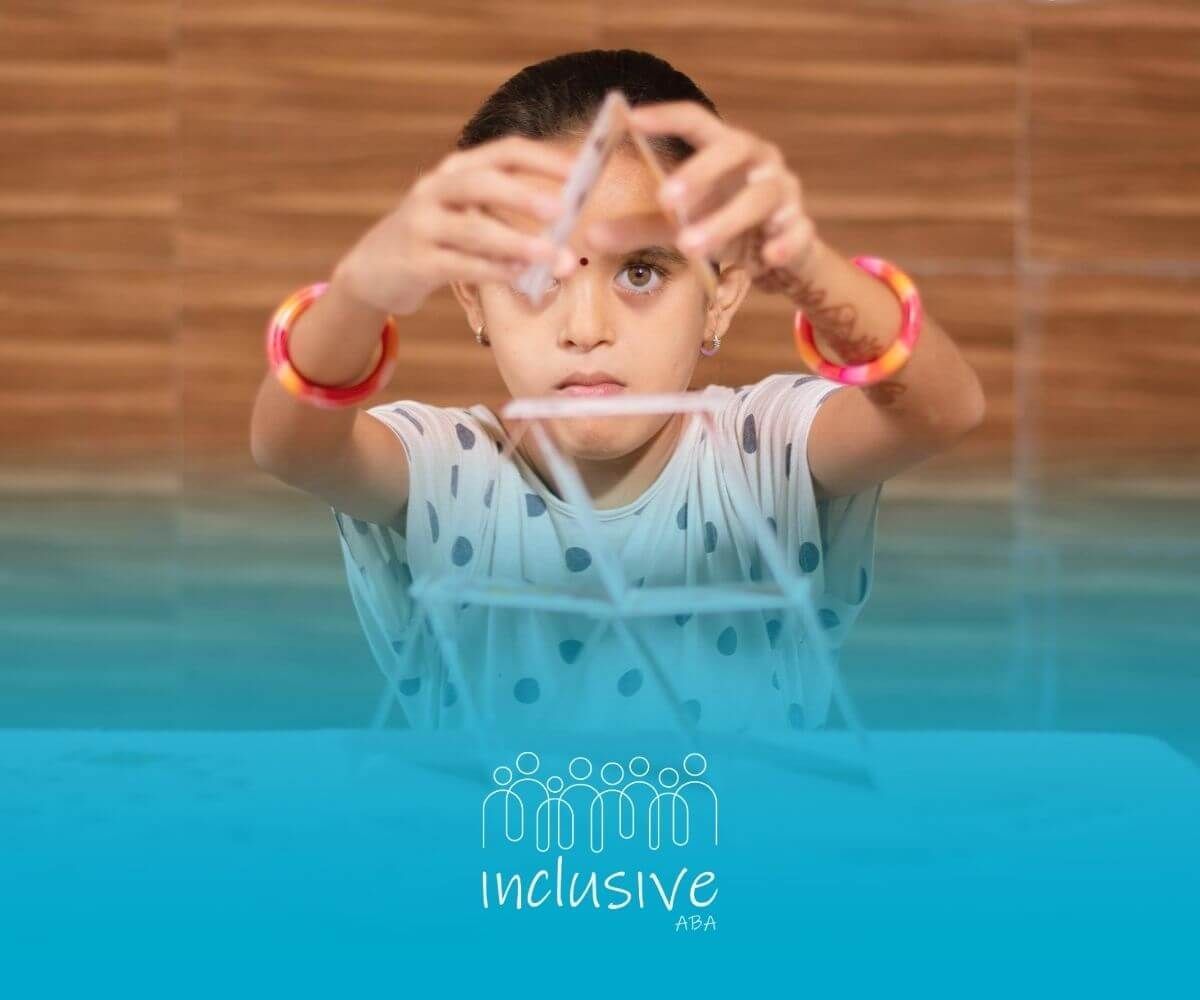How Parents Can Track Their Child’s Progress in ABA Therapy
When your child starts ABA therapy, it’s exciting but also a little nerve-wracking. You want to know: Is this really helping? Are we moving in the right direction?
The good news is — yes, there are clear ways to track your child’s growth and celebrate every bit of progress along the way.
Tracking progress in ABA therapy is about more than numbers. It’s about noticing small wins, keeping consistent communication with your therapy team, and seeing real changes in your child’s daily life.
Why Tracking Progress Matters
Every child with autism grows at their own pace. Some days you’ll see big leaps; other days, tiny steps. But when progress is tracked consistently, you and your ABA team can make sure therapy stays effective and personalized.
Tracking helps you:
- See which goals your child is mastering
- Spot patterns or behaviors that need more support
- Stay motivated through slow weeks
- Celebrate the small victories that matter most
How Parents Can Track ABA Therapy Progress
You don’t need to be a data expert — just an observant, engaged parent. Here’s how to keep an eye on your child’s growth in simple, meaningful ways:
Ask for Regular Progress Updates
Your ABA team should provide updates at least once a month. These might include data charts, graphs, or written notes about what’s improving. Don’t hesitate to ask questions like:
- “What specific goals are we working on right now?”
- “How has my child’s behavior changed since last month?”
- “Are there any new strategies we can try at home?”
Use a Home Tracking Journal
Keep a simple notebook or phone note where you jot down daily observations. For example:
- Tried brushing teeth — needed less help.
- Shared a toy with sister today.
- No meltdowns during bedtime routine.
Over time, you’ll notice patterns that match up with your child’s ABA data — and that’s incredibly encouraging.
Watch for Generalization
One of the biggest signs of true progress is when your child uses a skill in new places. Maybe they learned to ask for a break during therapy and now do it at home or school — that’s generalization, and it’s a big deal.
Celebrate Every Win
Progress doesn’t always look huge. Sometimes it’s just one calm morning, one new word, or one successful grocery trip. When you recognize and celebrate those moments, your child feels encouraged too.
Stay Consistent at Home
The best results come when parents and therapists work as a team. If your ABA therapist suggests a new behavior strategy, try to use it consistently in daily routines. The more consistent the environment, the faster your child’s skills grow.
Review Goals Together
ABA therapy goals should change as your child learns new skills. Regular goal reviews (every few months) help make sure therapy stays relevant. If something isn’t working, your team can adjust the plan — progress tracking helps make that possible.
What Progress Might Look Like
Progress in ABA therapy doesn’t always mean “perfect behavior.” It means growth — big or small. Here are a few real examples of progress parents often see:
- Fewer tantrums or faster recovery after meltdowns
- Improved communication or new words
- Better attention during learning activities
- More independence with daily routines
- Stronger social or play skills
Even if it doesn’t happen quickly, these steady changes add up.
At Inclusive ABA, families are part of the process. Our therapists share regular progress updates, graphs, and feedback so parents always know how their child is doing. You’ll see exactly which goals are being met and what’s next on your child’s journey.
We provide compassionate, evidence-based ABA therapy in:
Our services include:
- Home-based ABA to practice skills in a comfortable setting
- School-based ABA for support in classroom environments
- Parent training to help families track and reinforce progress at home
Tracking your child’s ABA progress doesn’t have to feel complicated — it’s about noticing growth, celebrating wins, and staying connected with your therapy team.
Learn more about Inclusive ABA and how we measure progress with families.
FAQs
1. How often should I check on my child’s progress in ABA therapy?
Most ABA programs review progress monthly or quarterly. You can also ask for quick updates weekly if you want to stay closely involved.
2. What if I don’t see much progress at first?
That’s okay — progress takes time. Some skills take weeks or months to develop, but consistent therapy and parent support make a huge difference.
3. How do I know if ABA therapy is helping my child?
You’ll notice practical changes — better communication, fewer meltdowns, and more independence. Ask your therapist to show you data and real-life examples too.
Sources:
- https://www.cdc.gov/ncbddd/watchmetraining/module2.html
- https://pmc.ncbi.nlm.nih.gov/articles/PMC8702444/
- https://www.nature.com/articles/tp2017207
- https://www.sciencedirect.com/science/article/abs/pii/S0891422217302317
Looking for Expert Help? We're Here for You!
Our compassionate and skilled team is devoted to enhancing your child's development through customized ABA therapy. Let us partner with you to create a supportive environment for your child's success.
Discover how we can help your family thrive with expert ABA therapy.
Related Posts







